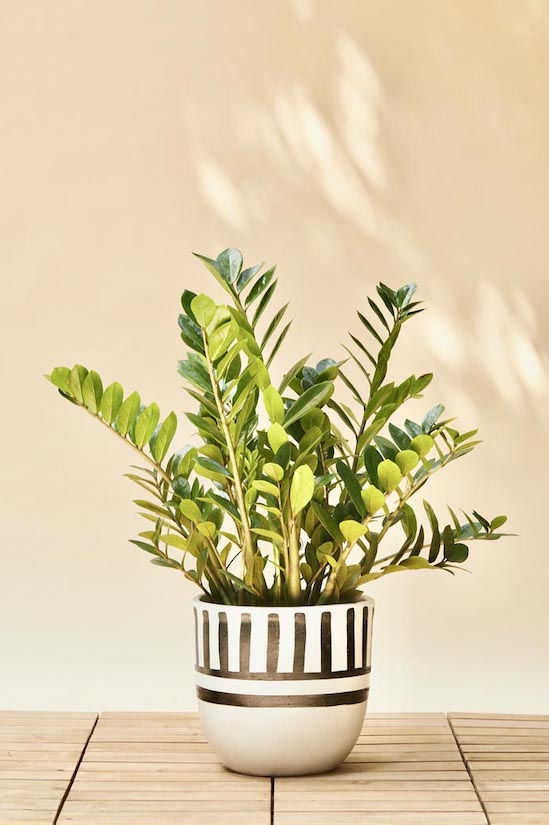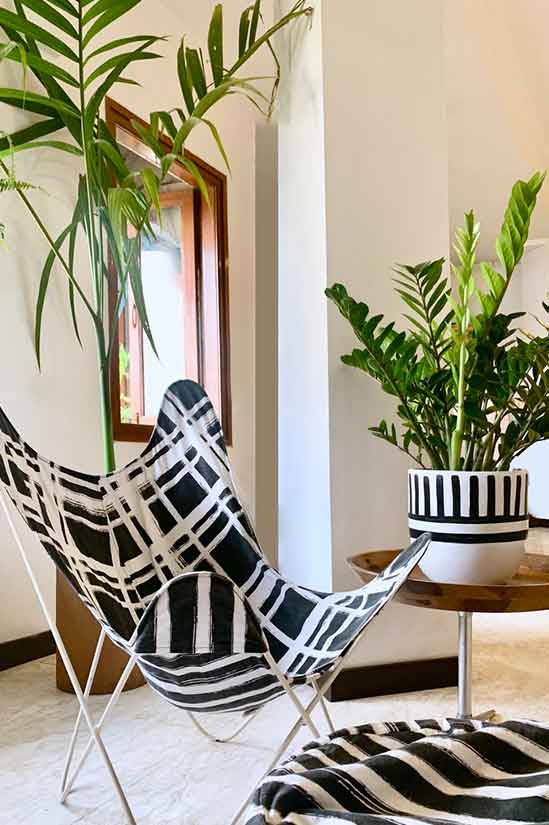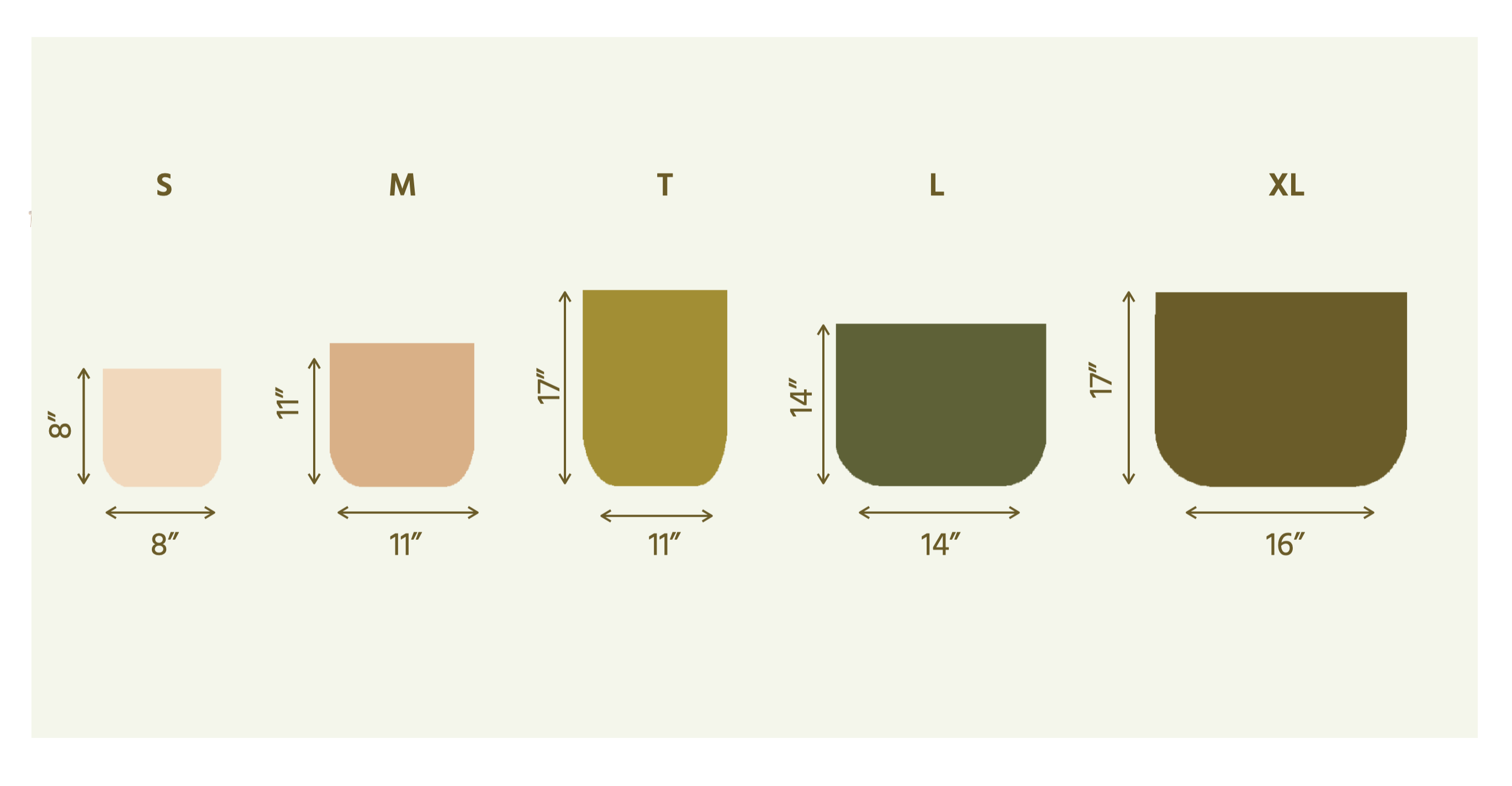Zanzibar Zamio
₹ 2,000
Coastal Africa. Native to Tanzania, its gorgeous glossy leaves shine like gems. It's extremely popular for its ability to make the best of the worst conditions. Great on the floor, particularly when paired with a plant with big leaves. Well suited for shady corners.
Sunlight:
Sun Guide
Texture: Nursery Plastic
Size: 1 1/2 Feet
- S
- M
- L
-
Description
-
Size details
-
Material details
-
Material details
-
Material details
-
Material details
-
Care details
-
Material details
-
Material details
-
Material details
-
Care details
-
Care details
-
Care details
-
Plant details
-
Plant details
-
Plant details








